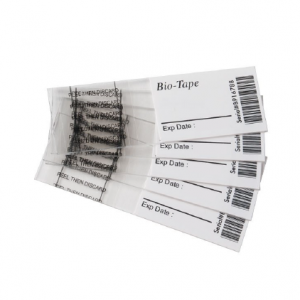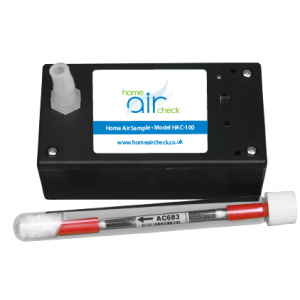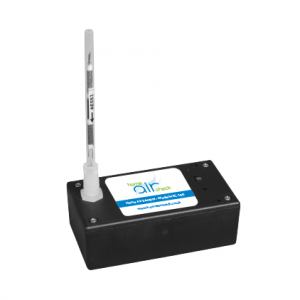VOC, Mould, and Formaldehyde
£218.00
Detects over 500 VOCs, actively growing mould, and toxic formaldehyde in your home. Results e-mailed within 7-10 business days of receiving your samples at our lab.
Volatile organic compounds (VOCs)
VOCs are emitted, as gases, by a wide array of products numbering in the thousands; some of which may have short- and long-term adverse health effects. Concentrations of many VOCs are consistently higher indoors (up to ten times higher) than outdoors.
- asbestos fibers
- ammonia (urine)
- bat guano
- bleach
- carbon dioxide
- carbon monoxide
- chinese drywall
- chlorine
- creosote & creosol
- fumigants
- illegal drugs – meth, marijuana, etc.
- insecticides
- isocyanates (TDI & MDI)
- methane
- ozone
- pepper spray
- pesticides
- sewer gas (hydrogen sulfide)
Common Household Sources
- paints, paint strippers, and other solvents
- cleansers and disinfectants
- moth repellents
- air fresheners, candles
- cosmetics, perfumes, deodorants
- stored fuels and automotive products
- hobby supplies
- dry-cleaned clothing
- building materials and furnishings
More facts about VOCS, here.
Formaldehyde
Formaldehyde is a colorless, flammable gas at room temperature and has a strong odor. Exposure to formaldehyde may cause adverse health effects.
Common Sources
- resins used in the manufacture of composite wood products (i.e., hardwood plywood, particleboard and medium-density fiberboard)
- building materials and insulation
- household products such as glues, permanent press fabrics, paints and coatings, lacquers and finishes, and paper products
It is a byproduct of combustion and certain other natural processes, and so is also found in:
- combustion byproduct such as tobacco smoke and fuel-burning appliances (gas stoves, kerosene space heaters and fireplaces)
More facts about Formaldehyde, here.





